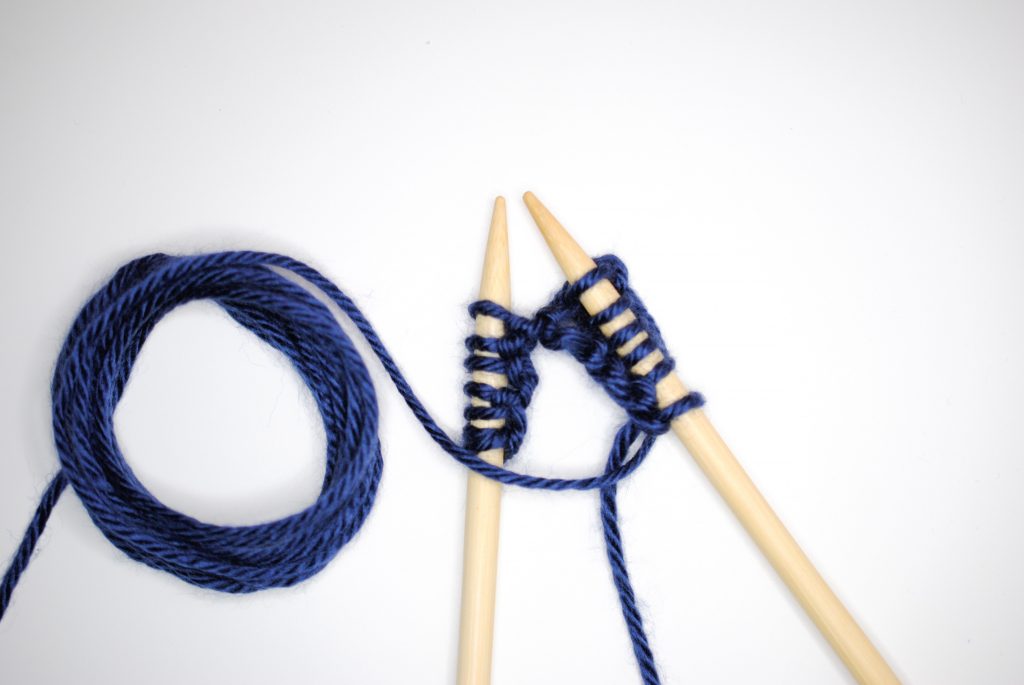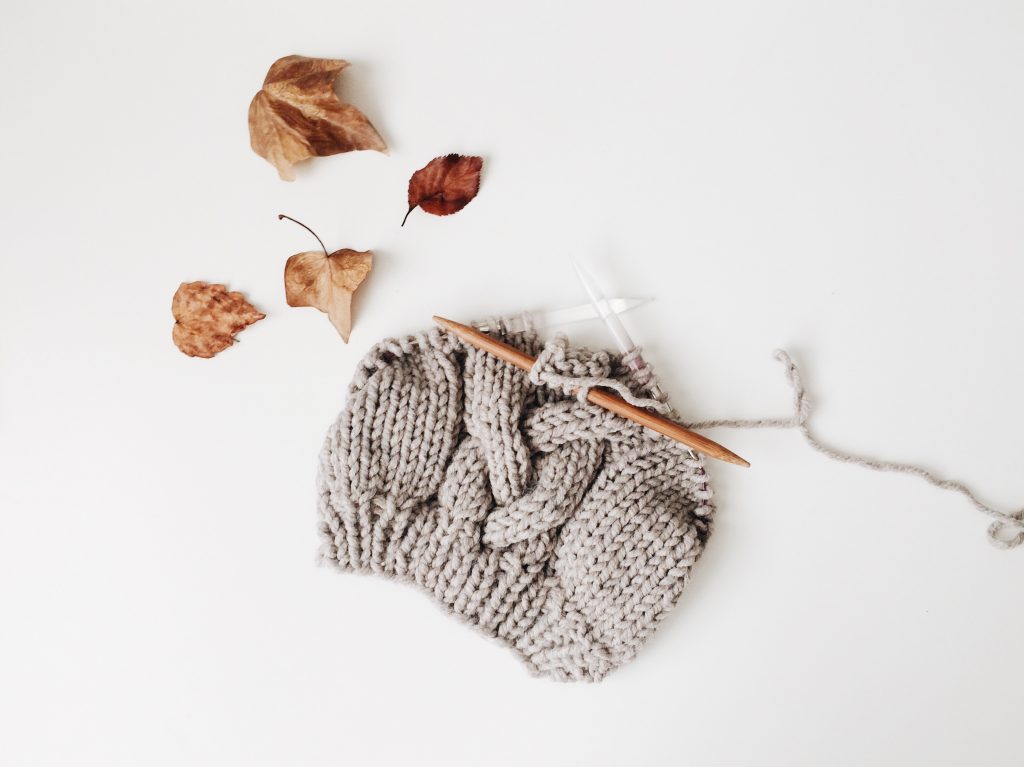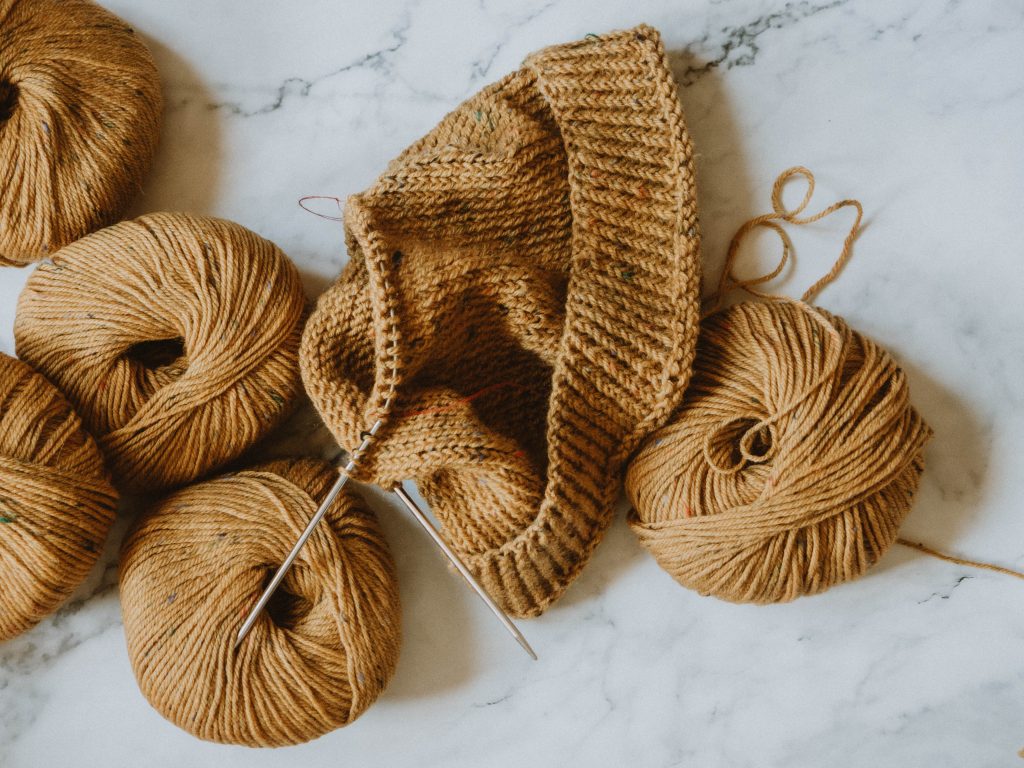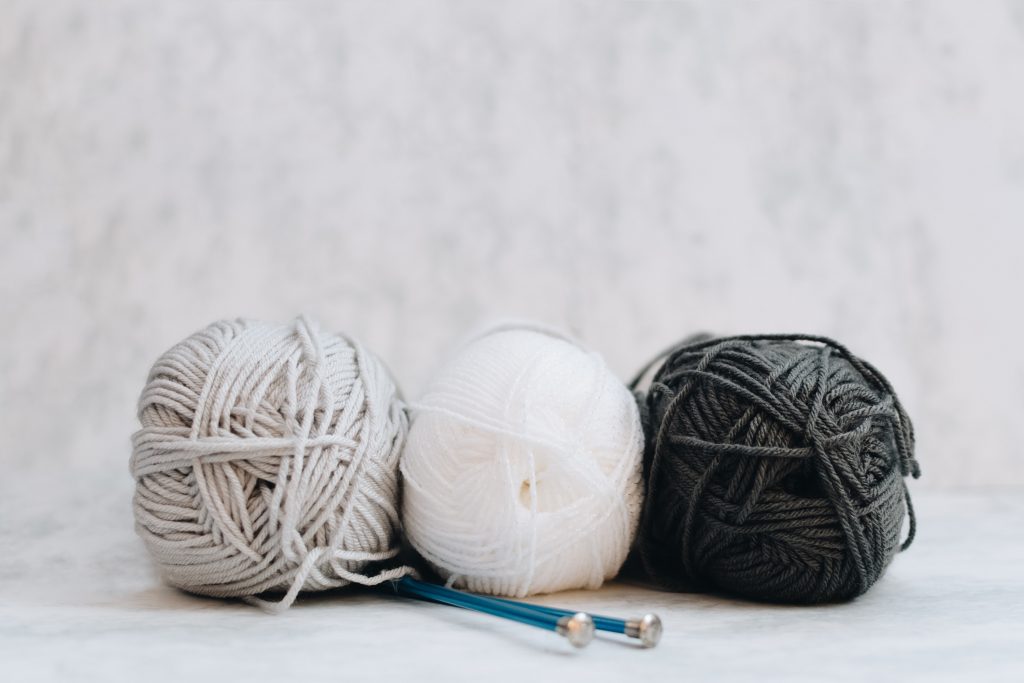Knitting is a cute craft suitable for everyone, regardless of age or skills. It is a healthy hobby since it allows one to meditate, be creative, and be eco-minded. Also, once you become good at it, you can make a decent income from this activity.
Learning how to knit may seem intimidating at first. But, it is quite the contrary. With some commitment to this practice and the right tools, you will soon become a pro knitter. But, if it’s so easy, why then do some people give up? Well, that is a hard question to answer. Many reasons can make a person quit. Some common, avoidable mistakes may make a knitter struggle.
For Beginners
When reading knitting lessons for beginners, they usually recommend starting with a scarf. That’s because a scarf quickly shows errors. However, it takes a lot of time to knit a scarf, and many people end up being discouraged. Another reason people quit is that knitting projects need some time commitment. So they can drag on for a long time, and not many people have the patience to persevere.
Nevertheless, you can teach yourself how to knit and become extremely good at it. Learn more from this guide on how to perfect this skill.

What You Should Know Before You Start Learning How to Knit
Knitting requires some tension. So experts advise beginners to knit a square. For instance, you can begin by working a pattern of 5 cm square over 11 sts and 15 rows. Once you’ve perfected your tension, you can try a larger or smaller needle, depending on how loose your work is. The most crucial thing to remember is to get the stitch and row tension correctly.
Also, remember to knit new stitches onto the right needle while you slip old stitches off your left. When done with a row, you should have an empty left needle and a full right needle. In that case, turn round the right needle such that it becomes left and start knitting a new stitch to the now empty right needle.
Additionally, you need to know the abbreviations used in knitting. For example, K1 means knit one stitch while sts stands for stitches.

Steps to Learn How to Knit
Now that you know the basics, you can learn how to knit. But, remember, there are two knitting styles; the German and English styles. The difference in these methods is how one holds the yarn. With the English method, you hold your yarn in the right hand, while with the German method, knitters hold it in the left. Both methods yield quality results. So, it is up to you to decide which method you are comfortable with. That said, here are the steps to follow:
Understand the Basics of Knitting
Several skills are needed when knitting, which you need to know before beginning your projects. These are the methods and stitches you’ll use on your knitting projects. For instance, you need to learn about the knit and purl stitches if you’re doing advanced knitting. You should know how to form them. Also, learn how to make a slip knot, casting off/binding off. You can learn all these stitches with a single project.
Get the Right Materials
Visit the local yarn store as they tend to be cheaper than a smaller independent shop. Or you can also consider ordering your materials from online stores like WEBS or Knitpicks. For your first project, you will need a medium-weight yarn. Ensure that you read the label to determine the needle sizes for that yarn, which you should also buy. You can pick any needle, provided it is the right size.
Choose a Good Beginner-Friendly Pattern
Once you know the basics and have the tools, it’s time to work on your projects. It’s always best to start with a small flat pattern that doesn’t require much shaping. As earlier said, scarves are recommended for beginners. Since they are long, they’ll force you to know the stitches. But, you can also try knitting a dishcloth or a hand hat which are also beginner-friendly.
Remember to check the knitting skill level to determine the pattern. However, many patterns are written in codes. So make sure that you understand the common knitting abbreviations.
Begin to Knit
The cast on- this is about getting the yarn into the needle. It’s a way of turning loose yarn into meaningful stitches that sit on your needle. Drape the yarn’s tail and your working yarn over your left thumb and left index finger. Form a loop on your thumb and insert the needle facing upward.
Take your working yarn, pull it through the thumb’s loop and remove the thumb from the loop. On the needle on your right hand, tighten to form a new stitch. Repeat these steps to perfect your casting on.
Knitting- hold the yarn at your work’s back and slip your right hand’s needle in front of the left-hand needle such that the right-hand needle is out behind the left one. Pass your yarn around your right-hand needle and pull its loop through the stitch. This will form a new stitch on the right-hand needle that slides off to that of the left.
Cast off- the cast-off completes the project. Always remember to use two stitches on your right needle when casting off. Knit two stitches, slide your left needle to the first stitch, and pull it over the second. Continue pulling the first stitch over the second and off your needle until you have one stitch on the right needle. In that case, you have cast off.
Then knit another stitch following the above steps. Once you remain with a single stitch, cut a yarn of about 10 inches, then wrap it around the idle. Pull the stitch over the yarn’s tail and the tail through your needle, then pull it up to tighten it. You should have a safe knit secured off the needle.

Article from: amazines.com, by Nevio Gardasanic

